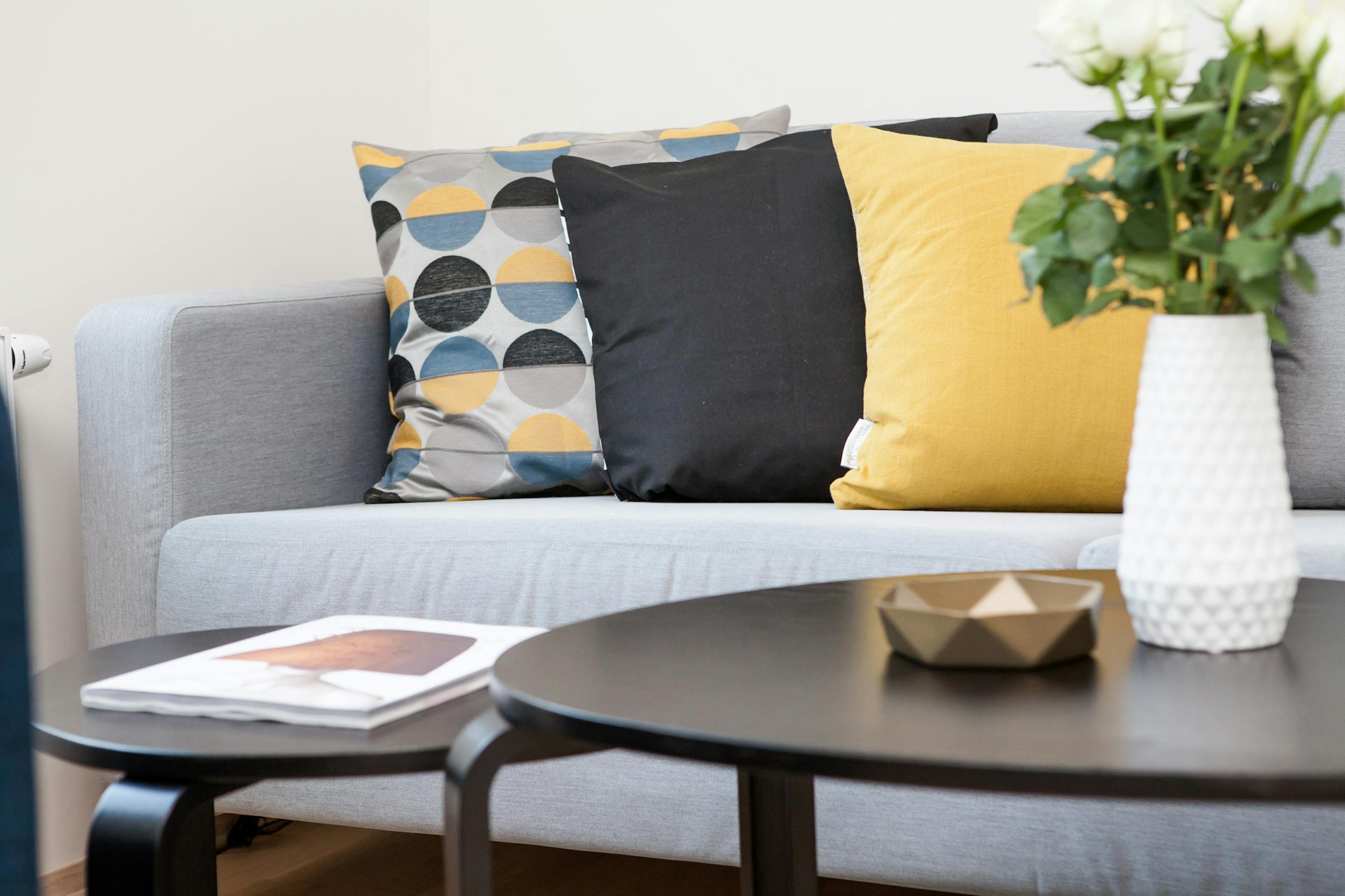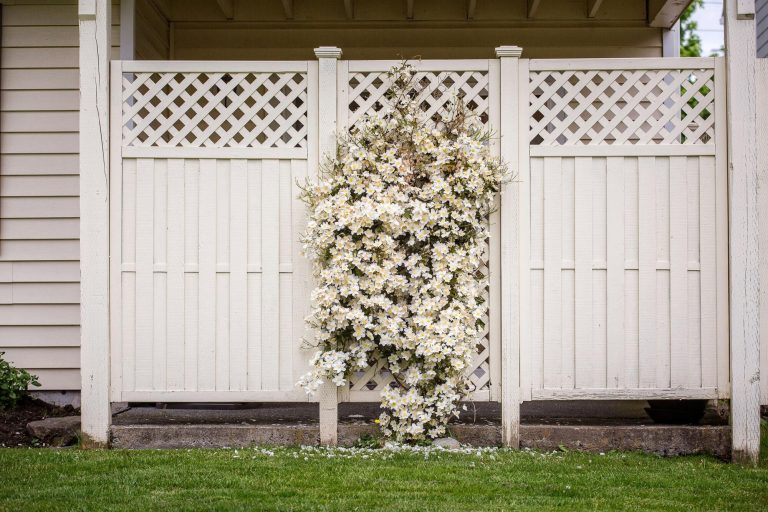Dynamic Living: Home Design Ideas for Active Families

When you’re living an active lifestyle with a bustling family, your home should be more than just a place to relax—it should be a space that supports your dynamic daily routines. Whether it’s juggling work, school, sports, hobbies, or home workouts, an efficient and well-designed home can make all the difference. From practical storage solutions to spaces that encourage movement, here are some home design ideas that can help make life easier for families with an active lifestyle.
1. Open Floor Plans for Flexibility
One of the most effective design trends for active families is an open floor plan. This design creates a sense of flow, which is essential for families who are constantly on the move. It allows for a seamless connection between various spaces such as the kitchen, living room, and dining area. For example, while one person is preparing dinner, another can be working in the adjacent living room or helping kids with homework. The flexibility of an open layout means fewer walls and more opportunities for multitasking.
To ensure privacy when needed, consider adding movable partitions or curtains that can separate areas without blocking the light and air flow of an open design. This ensures that your family can easily switch from one activity to the next without feeling cramped or constrained.
2. Multi-Use Rooms for Maximum Functionality
For families with active lifestyles, rooms that serve more than one purpose are crucial. A home office that doubles as a fitness space, or a playroom that transforms into a study area, helps families make the most of their square footage. Consider a guest bedroom that can also be a workout space, with fold-out exercise mats or resistance bands neatly tucked away when not in use.
Multi-use spaces reduce clutter and ensure that every corner of your home is functional and accessible. A folding Murphy bed or a convertible sofa can instantly turn a home office into a guest room. These adaptable spaces are especially helpful when family members’ needs change throughout the day, whether it’s a need for a quiet space to read or a lively area for family game night.
3. Smart Storage Solutions
Active families tend to accumulate a lot of gear—sports equipment, bikes, shoes, workout gear, and more. A well-designed home should include smart storage solutions that help organize this equipment without sacrificing style. Think about installing built-in shelving, under-bed storage, or over-the-door racks for easy access to frequently used items.
In entryways, having cubbies or lockers where everyone can drop off their shoes, coats, and backpacks will prevent clutter from piling up. A mudroom, if space allows, is an excellent addition for families who love to be outdoors—providing a dedicated space to store outdoor equipment and keep the main living areas neat.
4. Dedicated Zones for Different Activities
A home with an active family needs spaces designed for specific purposes, whether it’s for quiet relaxation, family fun, or physical exercise. These designated zones can help everyone find balance in their busy lives.
For instance, consider setting up a home gym or a yoga studio where family members can exercise together. A separate area for video gaming or movie nights is also a good way to create a designated “fun zone” that’s easy to clean up after use. Having these separate activity zones also ensures that your active family can stay organized and keep each area clutter-free.
Designating areas for different activities, whether it’s for cooking, working out, or entertaining, allows each member to move fluidly between tasks without stepping on anyone’s toes. It also prevents one area from becoming overwhelmed by multiple functions at once.
5. Durable Materials for Active Families
Homes with active families need to stand up to wear and tear. Durable, low-maintenance materials are key to keeping your home looking fresh without too much upkeep. Choose flooring options like hardwood, tile, or luxury vinyl that can withstand spills, dirt, and high foot traffic.
For walls and furniture, look for finishes that resist stains and are easy to wipe clean. Choose washable fabrics for upholstery, like microfiber, which are both durable and soft to the touch. In high-traffic areas such as entryways and kitchens, these types of materials are invaluable as they can handle the daily demands of an active family life.
6. Outdoor Living Spaces for Active Play
Active families need more than just functional indoor spaces—they also thrive with well-designed outdoor areas that encourage physical activity. A spacious backyard or patio can become an extension of your home, offering room for games like catch, biking, or even a trampoline. Incorporating areas for outdoor dining, lounging, or a fire pit maximizes the enjoyment of warm weather and fosters family bonding.
For those with limited space, a small balcony or patio can still be transformed into a playful retreat. Consider foldable furniture, a vertical garden, or a small sandbox for younger kids. In Utah, modern pool designs can elevate these outdoor spaces, creating a stylish yet functional area for swimming, relaxation, or social gatherings. The goal is to craft outdoor environments that are not only safe and accessible but also encourage families to spend more time outside, enjoying the beauty of the surrounding landscape.
7. Incorporating Technology for Convenience
Modern technology can enhance the functionality of your home, making it easier to stay organized and efficient. Smart home systems that control lighting, climate, and even kitchen appliances can reduce time spent on everyday tasks. For instance, programmable thermostats can keep your home at the right temperature, while smart lights can be adjusted for different activities.
In the kitchen, smart appliances that allow you to monitor cooking from your phone or even start the dishwasher remotely can make meal preparation faster. And for those in need of a little fitness motivation, home-based smart gyms or fitness apps can offer personalized workout plans that cater to different family members’ needs.
In Conclusion
Creating a home for an active family means designing spaces that are functional, flexible, and equipped to handle the diverse needs of each family member. By focusing on open layouts, multi-use rooms, and smart storage solutions, you can create a home that makes every day run a little smoother. Durable materials, dedicated zones for activities, and the incorporation of technology all work together to support an active lifestyle while keeping your home looking great. A dynamic home will not only support your busy lifestyle but also inspire your family to stay active, healthy, and happy.




